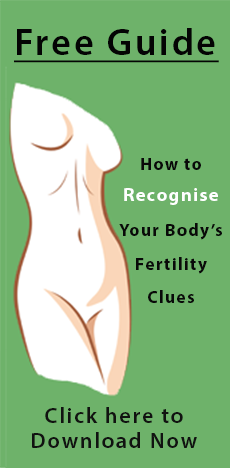Male Condoms are a thin latex type tube (with one end closed) that a man wears on his erect (hard) penis during sexual intercourse.
Benefits of the condom:
- cheap and readily available
- anyone can buy them
- do not interfere with the bodies natural hormonal system
- very effective against pregnancy as long as they are used properly (very small failure rate)
- dramatically reduce the risk of catching sexually transmitted diseases – STD’s.
- easy to carry around
Their only drawback is that sometimes people feel that it interrupts the flow of sexual expression. This can ve avoided if you make condoms a habit and include their use as a sensual and fun part of sex. Get creative with it.
For condoms to be really effective in preventing pregnancy – they need to be used properly.
- Be careful when taking the condom out of its packaging – do not tear it.
- Do not use a condom that has expired (check the expiry date on the packet) or if it comes from a damaged packet. Do not store condoms in hot or humid places. Guys – If you keep them in your wallet in your pocket, throw them out after a week.
- Put the condom on the penis before any genital to genital contact. Don’t just put it on at the last minute after trying penetration without ejaculating, this is technically called withdrawal and does not work as a contraceptive method. Often there is pre-cum on the tip of the penis and it contains sperm which can cause pregnancy.
- After ejaculation, hold onto the condom carefully at the base of the penis and remove the penis/condom from the vagina soon after finishing. Waiting too long till the penis goes soft after sex can cause the condom to leak.
- Not leaving enough space at the tip of the condom on the penis can cause breakages as can insufficient lubricant during sex.
Female Condoms
Female condoms are a polyurethane sheath that are inserted into the vagina creating a barrier so sperm cannot get into the vagina and uterus.
Effective against pregnancy when used correctly 98%. Advantages of the female condom include:
- can be fitted in advance, so it doesn’t interrupt sexual expression
- does not need to be removed immediately after ejaculation
- does not require special fitting (like a diaphragm)
- easily obtainable
- reasonably inexpensive ($2-3.00 AUD each)
- interferes less with sensation than male condoms
- can use it when you have your period
- reduces risk of STD’s
- female can control contraception
- stronger and less likely to tear than male condoms
Some disadvantages are:
- more expensive than condoms
- there is a possibility that the penis could slip between the condom and the vaginal wall during sex
- need to get used to inserting the condom
- some people notice slight rustling noise during sex
- not as freely available as male condoms
Diaphragms
Diaphragms are a soft latex rubber cup shaped object that are inserted into the vagina so that they fit over the cervix. Diaphragms stop sperm from getting into the cervix. The diaphragm needs to be sized and fitted by a doctor. It is recommended that the diaphragm is used with spermicide but studies have shown using spermicide does not significantly increase effectiveness.
Advantages are:
- Can be inserted in advance
- reusable
- can be used during period
- controlled by woman
- 95% effective if used correctly
- does not interfere with bodies natural hormonal system.
Disadvantages:
- the diaphragm can move about during sex which means sperm can enter cervix
- need to get used to inserting it
- leaving diaphragm in for too long (over 24 hours) can increase risk of infection
- have to be fitted by doctor
- does not protect against STD’s
Cervical Caps
Cervical caps are smaller than diaphragms and a different shape. Cervical caps fit over the cervix and prevent sperm from entering the cervix.
They are generally about 90% effective (when used properly) and are suitable for women who can’t wear diaphragms.

